
Shutterstock
Some dogs are loyal companions. Others are living fossils. Through collapsing empires, global wars, natural disasters, and humanity’s constantly changing hairstyles, a handful of ancient dog breeds have stood their ground—tails wagging and wisdom in their eyes. These canine time travelers have guarded kings roamed deserts, marched with warriors, and curled up beside monks in frozen monasteries. Their bones have been found in ancient tombs, their names whispered in mythology, and their paw prints etched into the paths of history.
Saluki
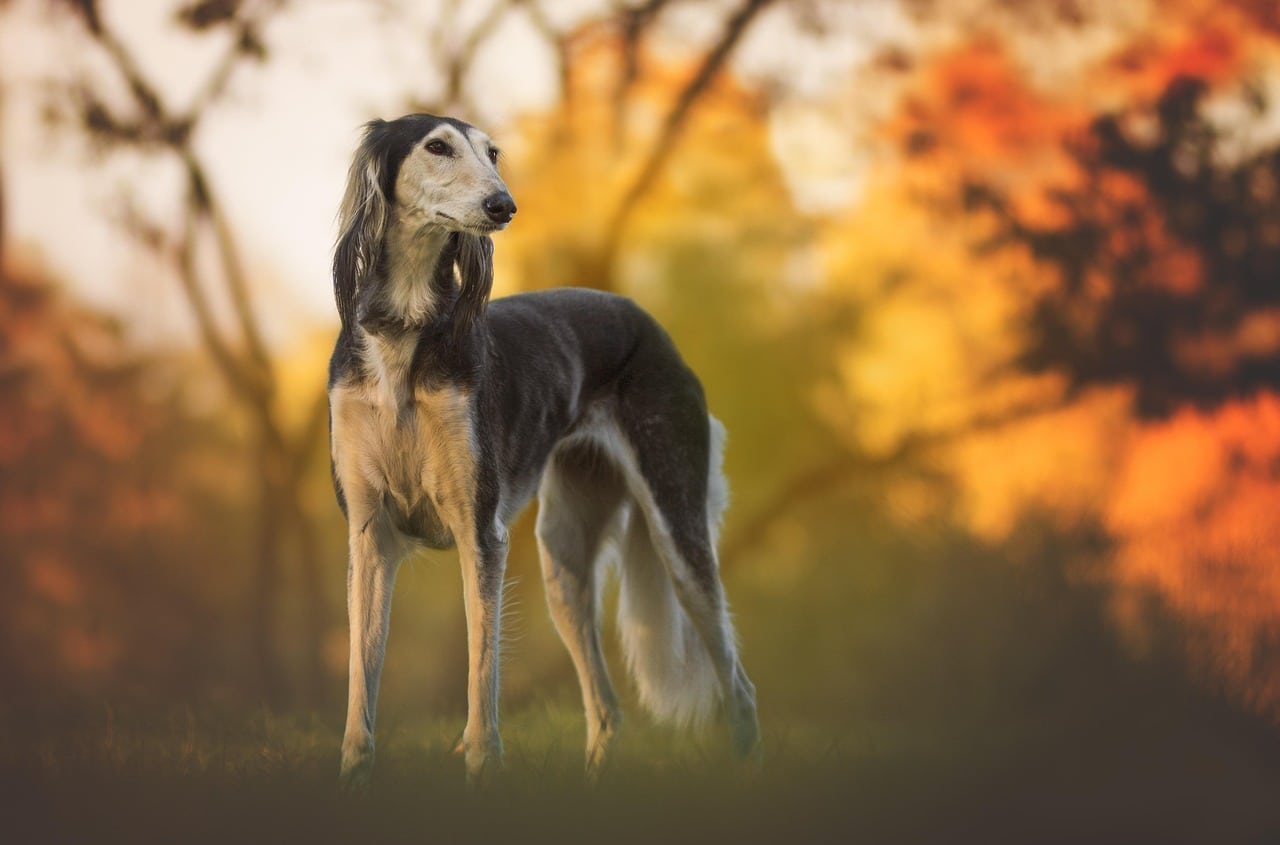
Shutterstock
The Saluki is often called the royal dog of Egypt, and for good reason—it’s been around since before pharaohs were a thing. Images of Saluki-like dogs have been found in tombs dating back over 4,000 years, lounging in hieroglyphic glory. Bred to hunt gazelles in the desert, these sleek hounds were fast, graceful, and considered gifts from the gods. They were so revered that they were sometimes mummified and buried alongside their owners. Despite modern chaos, desert storms, and history itself rolling by, the Saluki still glides across sands and couches with the same dignified elegance.
Basenji
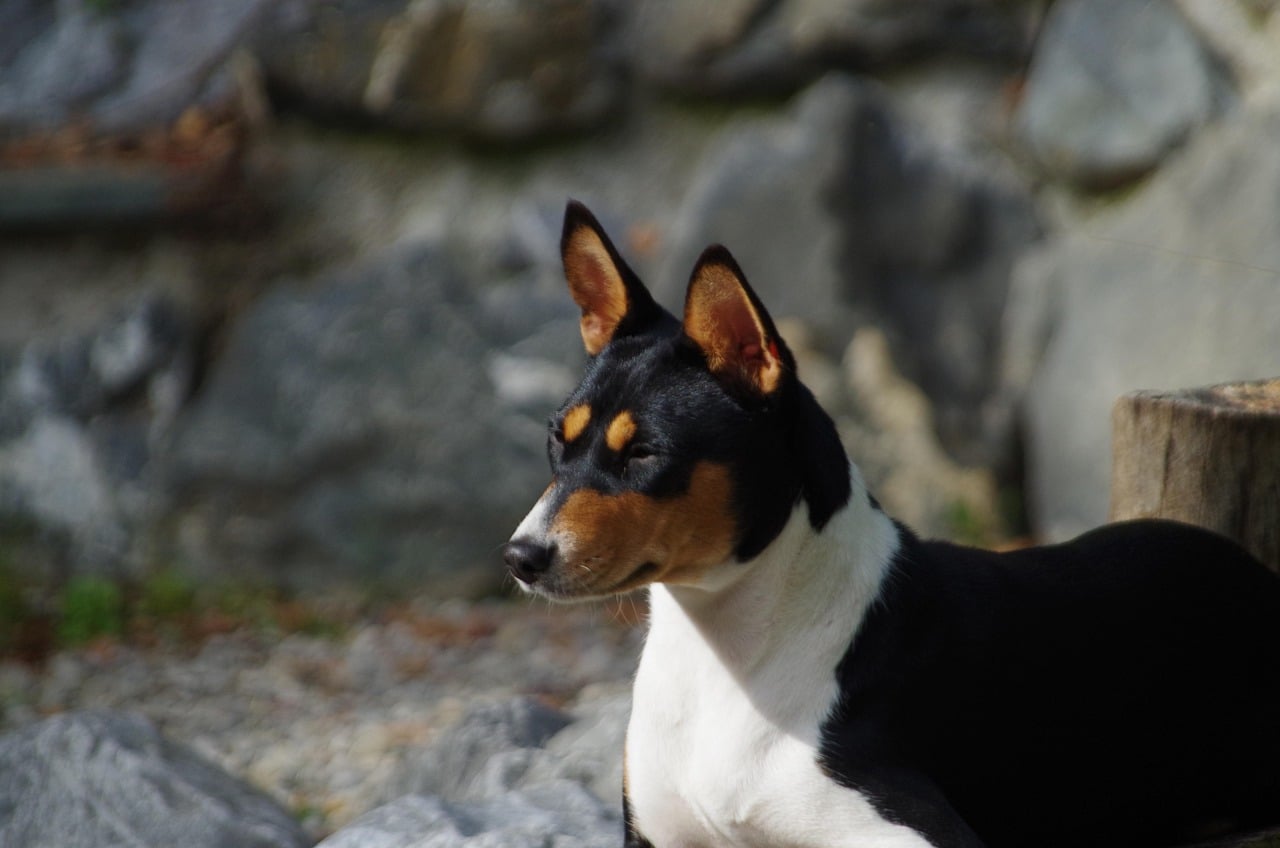
Shutterstock
The Basenji is basically the introverted ancient philosopher of the dog world. Originating in Central Africa, it dates back thousands of years and was used by local tribes for hunting due to its stealthy, barkless nature. Instead of barking, it makes a unique yodel-like sound, adding to its mysterious charm. Basenjis were once gifted to Egyptian pharaohs, depicted in ancient art, and prized for their intelligence and independence. Through colonial disruptions and habitat changes, this breed kept going—quietly, cleverly, and with a face that says, “I’ve seen empires fall and I’m still not impressed.”
Tibetan Mastiff
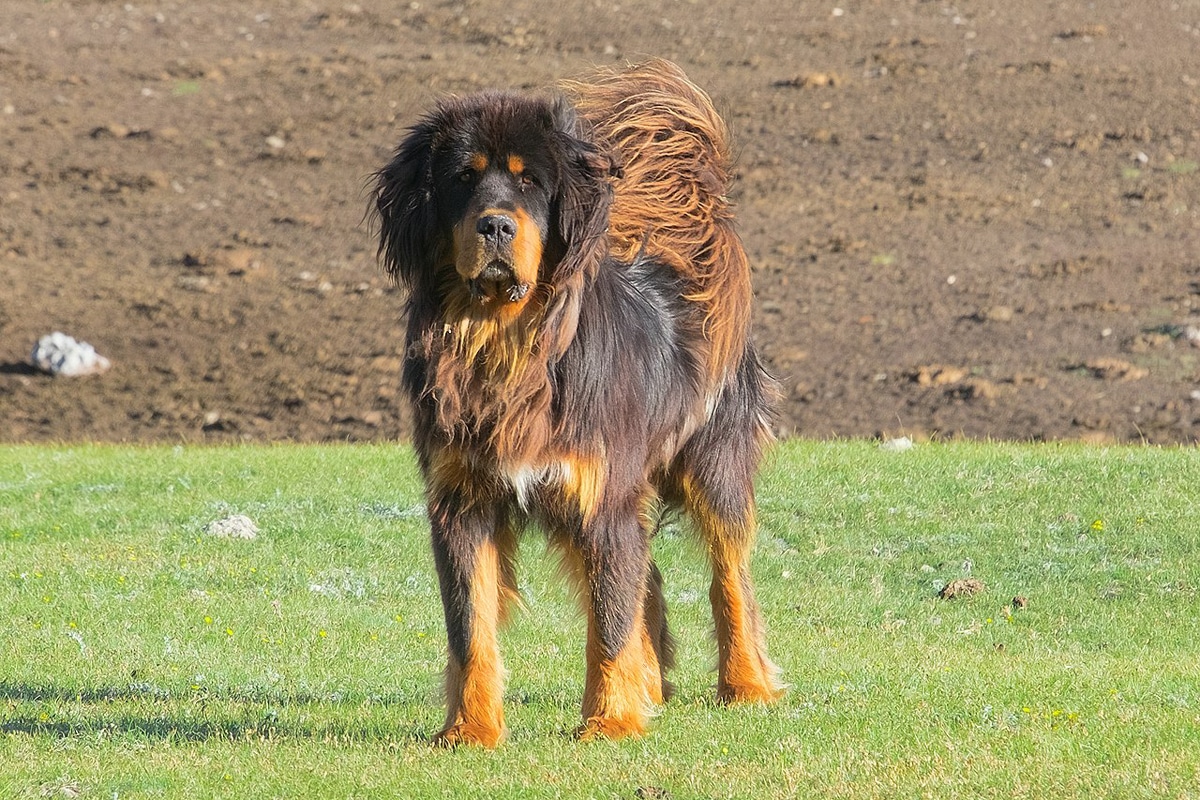
Shutterstock
The Tibetan Mastiff looks like a cross between a lion, a monk, and an ancient mountain guardian—which makes sense because it basically is. Bred to protect monasteries and livestock in the Himalayas, this breed has been around for centuries, braving high altitudes, freezing temperatures, and philosophical debates with monks (probably). With their thick coats and deep barks, they were considered both spiritual protectors and physical guardians. Even as modern politics and borderlines shifted around them, the Tibetan Mastiff held its ground—massive, majestic, and deeply uninterested in your Wi-Fi password.
Akita Inu

Shutterstock
Hailing from Japan, the Akita Inu has a history as noble as a samurai’s sword collection. Initially bred to hunt large game-like bears, the Akita symbolized loyalty, strength, and spiritual protection. One of the most famous Akitas in history, Hachiko, waited at a train station daily for his deceased owner—a true tale that still makes people tear up faster than a Disney movie. Through World War II, famine, and rapid modernization, the Akita nearly vanished but was revived by devoted breeders and national pride. Today, it remains a symbol of enduring loyalty and stoic resilience.
Afghan Hound
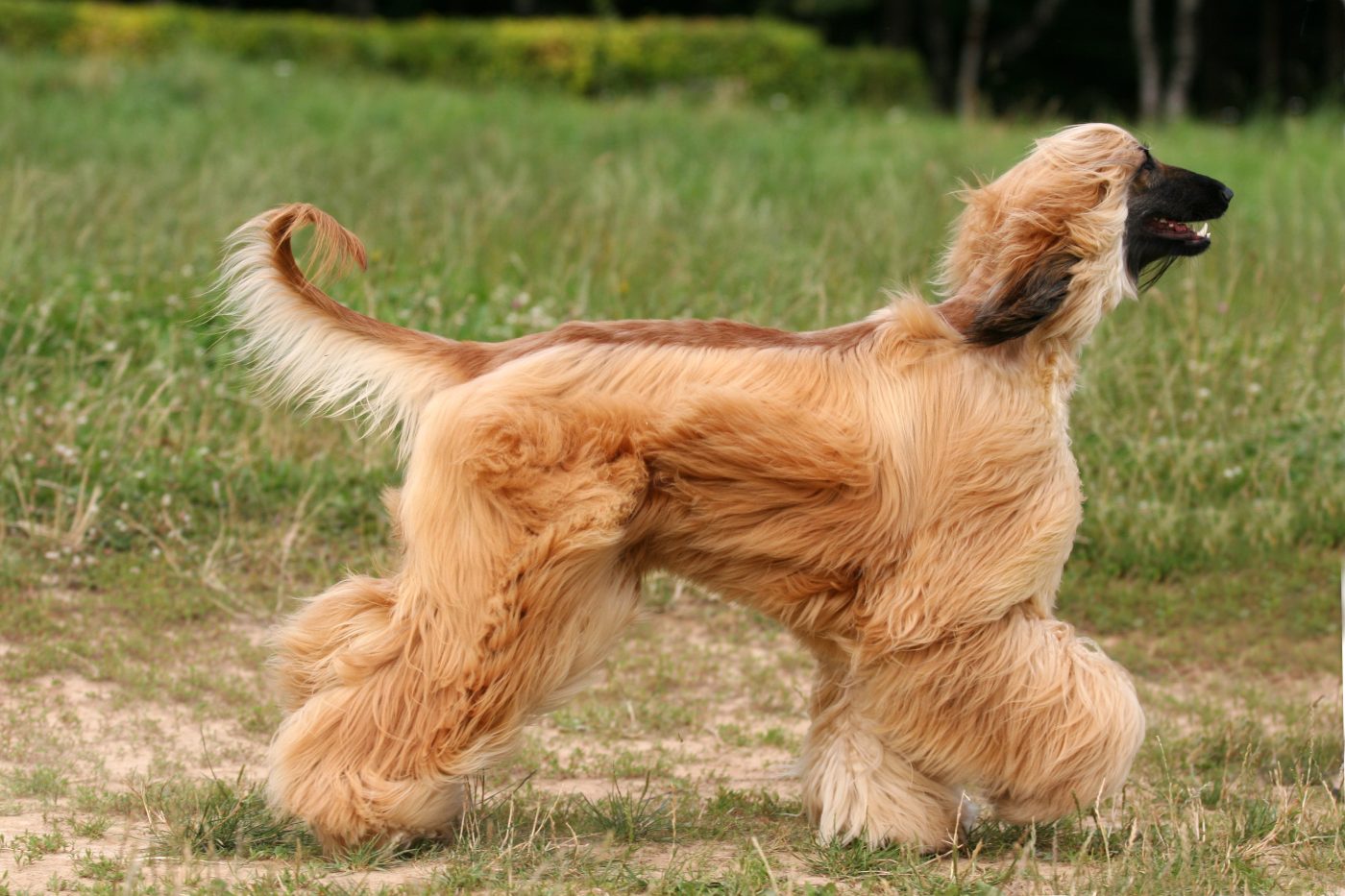
Shutterstock
It looks like it just walked off a Renaissance painting and onto a wind machine, and the Afghan Hound is one of the oldest and most glamorous breeds still strutting its stuff today. Originating in the rugged mountains of Afghanistan, it was used to hunt game and guard nomadic tribes. Its long, flowing coat wasn’t just for show—it offered protection from cold weather and harsh landscapes. Known for its aloof attitude and gazelle-like speed, the Afghan Hound has remained largely unchanged over thousands of years. It’s survived invaders, earthquakes, and fashion faux pas with equal grace.
Xoloitzcuintli
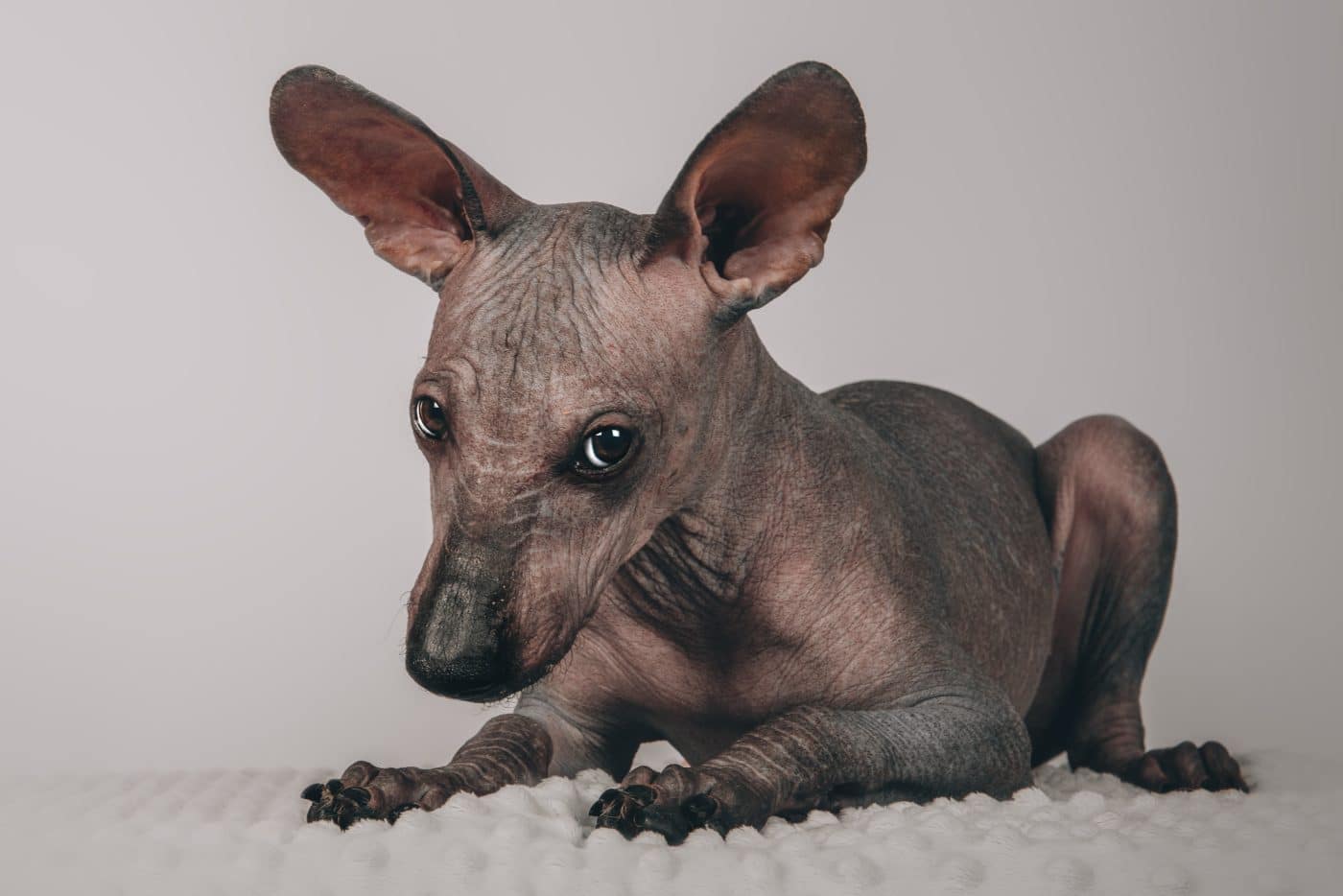
Shutterstock
The Xoloitzcuintli, or Xolo for short (because let’s be kind to tongues), is Mexico’s ancient hairless breed, with a lineage that goes back over 3,000 years. Revered by the Aztecs, Toltecs, and Maya, Xolos were believed to guide souls to the afterlife and ward off evil spirits. These dogs were often buried with their owners and considered sacred companions to the living and the dead. Despite colonial upheaval and near extinction, the Xolo persisted thanks to remote villages and passionate conservation efforts. Today, it’s a cultural treasure and an oddly endearing heater with legs.
Shar Pei

Shutterstock
With its famously wrinkled face and perpetually unimpressed expression, the Shar Pei has roots in ancient China dating back over 2,000 years. Initially used for guarding and hunting, this breed also found roles in royal courts and rural farms. After the fall of the Qing dynasty and during the Communist Revolution, the Shar Pei nearly disappeared, surviving only in remote villages and returning thanks to determined breeders in Hong Kong. Its resilience is as deep as its wrinkles. These dogs have endured dynastic collapses and global pop culture fame — and they’re still not smiling.
Alaskan Malamute

Shutterstock
Before sled races and Instagram fame, the Alaskan Malamute was hauling supplies and guiding Inuit tribes through brutal Arctic conditions. This breed dates back thousands of years and is known for its strength, endurance, and ability to survive in extreme climates where most people wouldn’t last a day. It helped during the gold rush, wartime supply runs, and polar expeditions. Despite mechanization and environmental changes, the Malamute hasn’t just endured—it’s thrived. It’s basically the dog version of a tank wrapped in a fur coat and fueled by frozen determination.
Pharaoh Hound
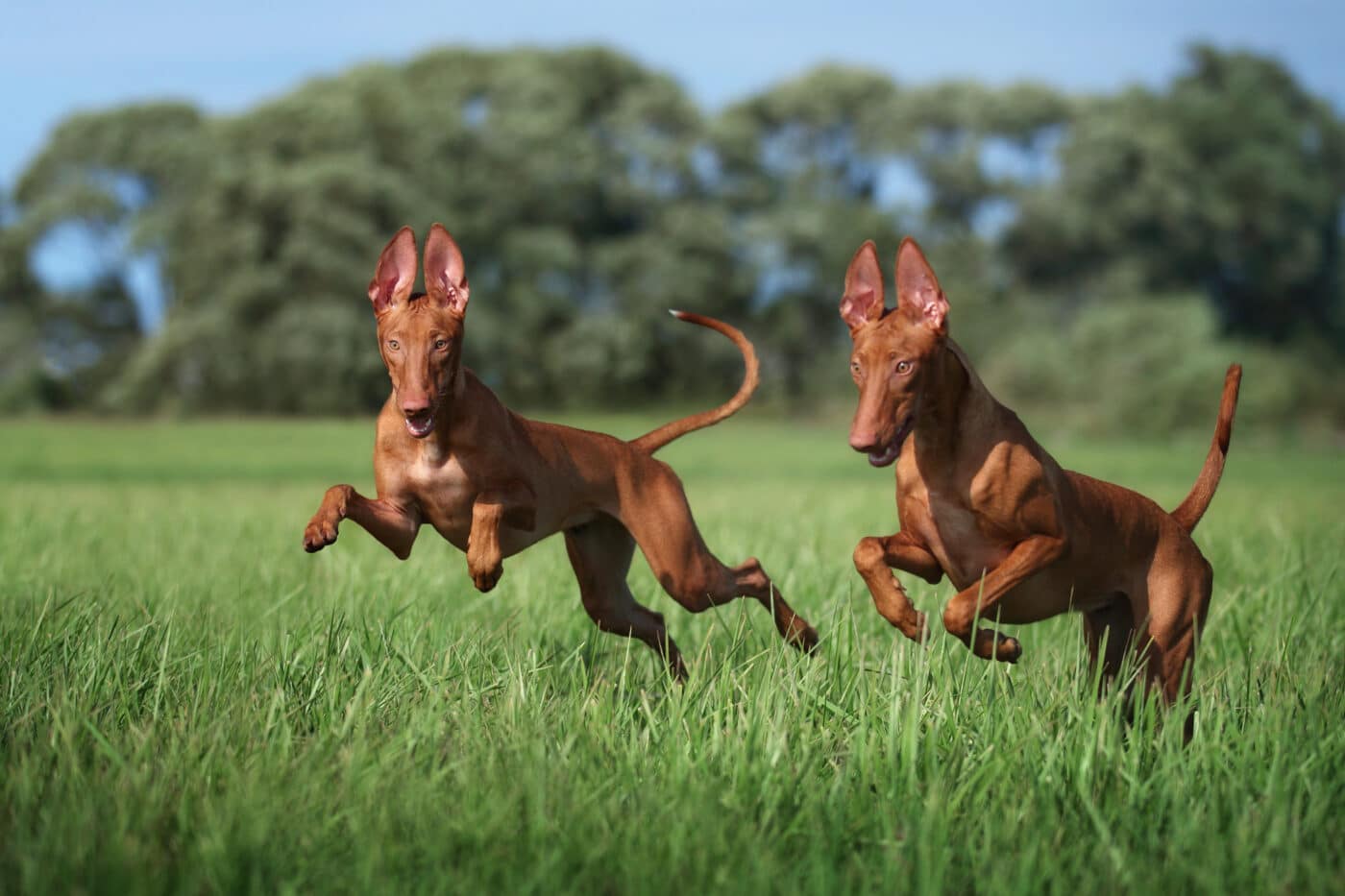
Shutterstock
Despite the name, the Pharaoh Hound isn’t Egyptian—it’s from Malta—but it definitely has that “ancient deity’s best friend” vibe. With roots over 2,000 years, it was prized for its hunting skills and elegance. Known for its ability to “blush” (its nose and ears turn pink when excited), the Pharaoh Hound was revered as a symbol of joy and good fortune. Its statuesque appearance made it a favorite of nobles, while its speed and intelligence kept it relevant in the field. Even with changing tastes and centuries of global chaos, this breed has held onto its royal swagger.
Samoyed
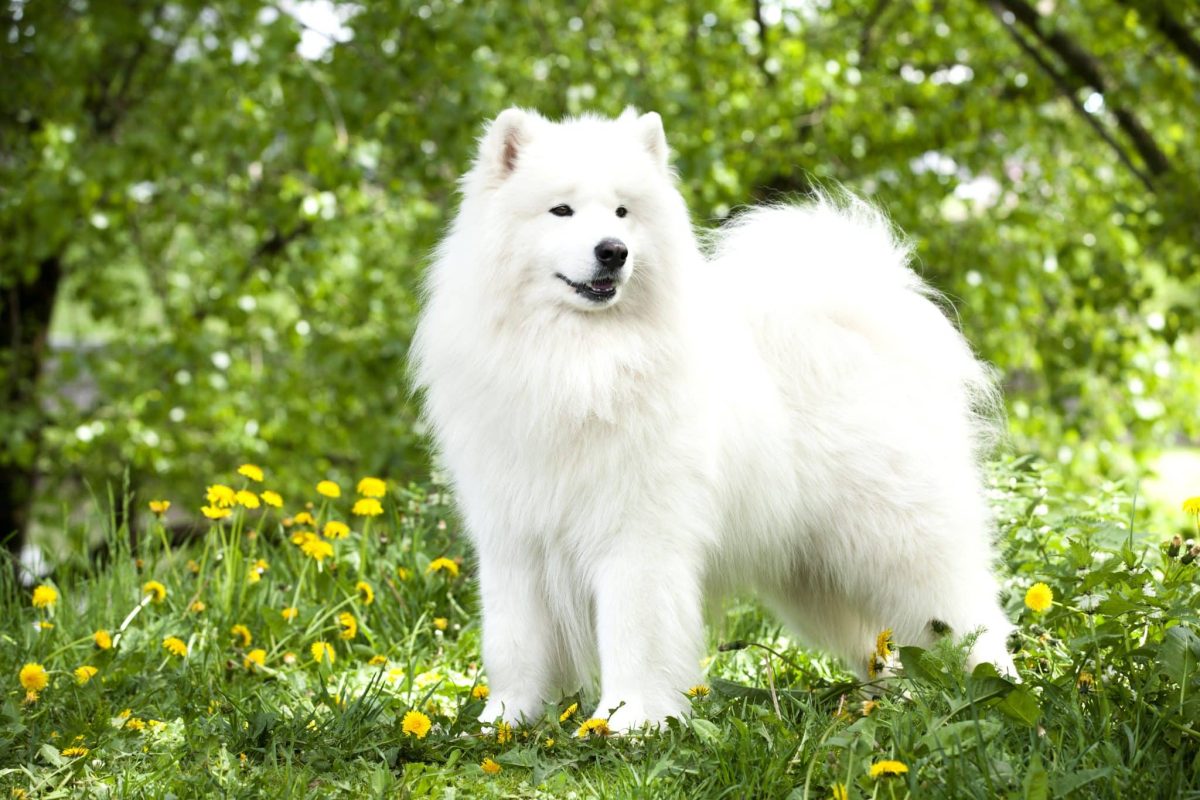
Shutterstock
The Samoyed has been melting hearts and resisting subzero temperatures for thousands of years. Originating with the nomadic Samoyedic people of Siberia, these fluffy white dogs herded reindeer, pulled sleds, and even kept families warm by sleeping beside them. Their signature “Sammy smile” is not just cute—it actually prevents drool from freezing in harsh climates. Despite being isolated for centuries and later facing threats from modernization, the Samoyed has remained remarkably pure and popular. If surviving ice ages with style were an Olympic sport, this dog would take gold—and grin doing it.
Canaan Dog
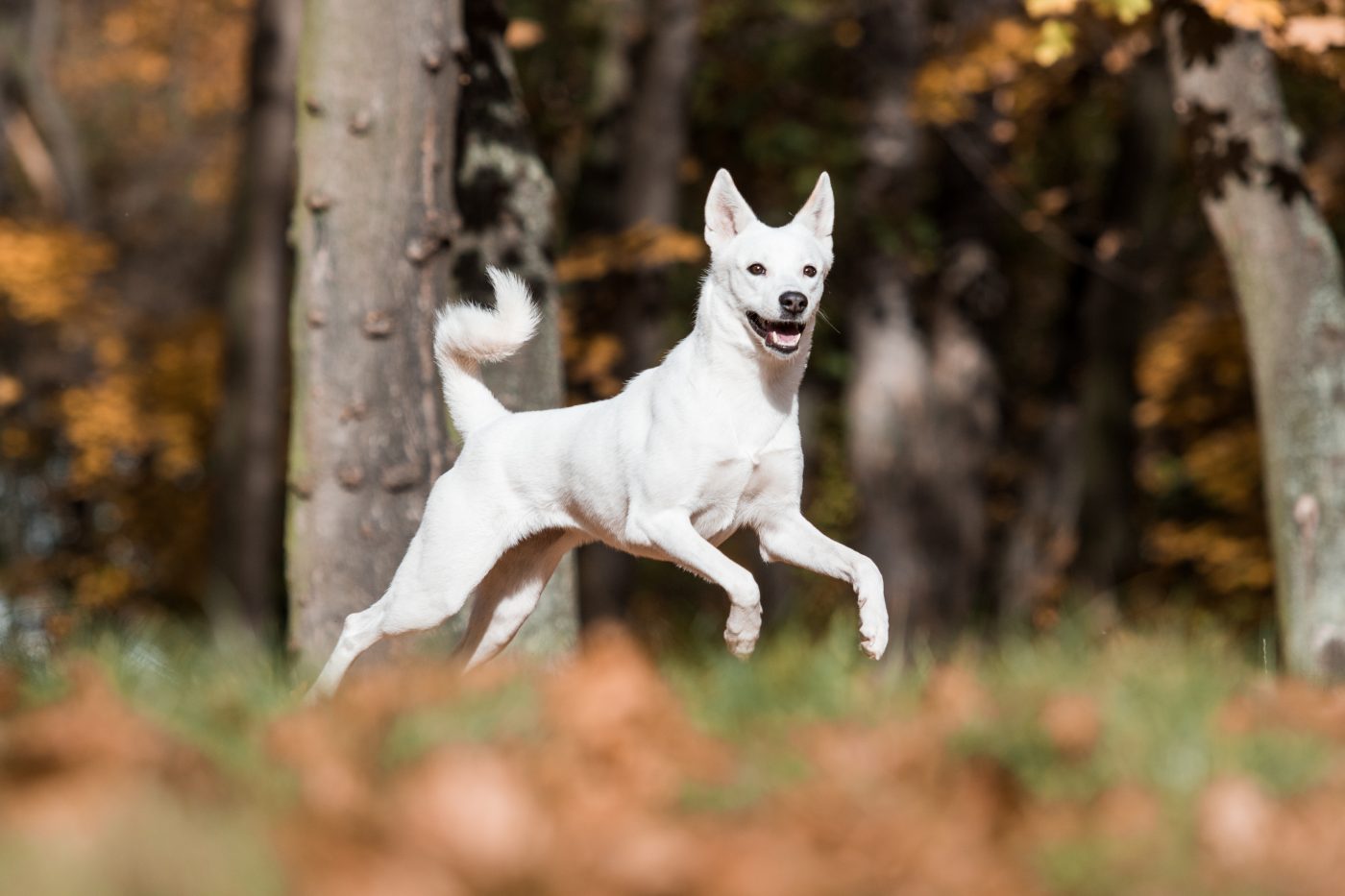
Shutterstock
The Canaan Dog is one of the few truly ancient breeds that can claim to have been around since biblical times—and it has the desert grit to prove it. Originally a wild, free-ranging dog in the Middle East, it was domesticated by the Israelites and later used for guarding and herding. For centuries, they survived in the Negev Desert, adapting to harsh conditions with sharp intelligence and keen instincts. During World War II, they were trained as messengers and guard dogs by the military. Today, they’re a rare but tough breed, proving that ancient desert survivors never go out of style.
The Dog Days Of Forever

MidJourney
These canine legends have stared down history’s wildest moments and said, “We’ll just keep wagging, thanks.” These dog breeds have endured it all with paws planted firmly in the past and eyes on the future. They are living, barking proof that loyalty, grit, and a well-timed tail wag can withstand the test of time. These dog breeds remind us that while kingdoms may crumble and eras may fade, true companionship, resilience, and ancient courage are too stubborn to go extinct.
